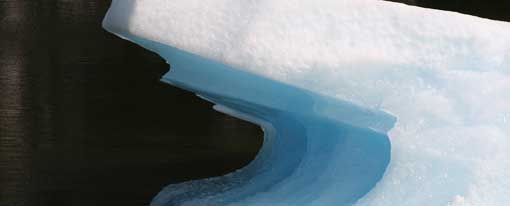Dr Ruth Mottram, Dr Peter Langen and Dr Martin Stendel are climate scientists at the Danish Meteorological Institute (DMI) in Copenhagen, which is part of the Polar Portal.
Yesterday saw the final day of the Greenland ice sheet melt season. This marks the traditional point of the year where scientists look back at the past 12 months and see how the ice sheet is faring.
Overall, initial figures suggest that Greenland may have gained a small amount of ice over the 2016-17 year. If confirmed, this would mark a one-year blip in the long-term trend of year-on-year declines over recent decades.
The unusual year is mainly down to heavy snow and rain in winter and a relatively short and intermittent summer melt season. And the source of that bumper winter snowfall was the remnants of a hurricane that wreaked widespread damage 4,500km away in Bermuda.
Surface ice changes
Each year, Greenland’s glaciers gain ice from snow and freezing rain and lose ice through melting. Taken together, these elements give the surface mass budget (SMB) for the whole ice sheet. Typically, Greenland gains ice mass on its surface from around September to May and then loses ice in the “ablation” season of June, July and August.
“Ablation” refers to when ice melts and runs off the ice sheet into the ocean (rather than when meltwater stays put and refreezes).
At DMI, we use a weather forecasting model to calculate how much Greenland ice is gained and lost every day. Totalled over the course of a year, from 1 September to 31 August, this gives us the “annual surface mass budget”, which provides something like a health check for the ice sheet.

